PE vs. PVC Food Stretch Film: Which One Should You Choose?
In the food industry, maintaining product freshness and ensuring hygienic storage conditions are of utmost importance. Among the most commonly used packaging materials for this purpose are stretch films, particularly PE (Polyethylene) and PVC (Polyvinyl Chloride) food-grade stretch films. While both materials are widely used, they offer distinct properties and advantages. Choosing the right one depends on the specific needs of the product and application.
In this article, we’ll explore the key differences between PE and PVC food stretch films, and help you determine which one is better suited for your packaging requirements.
PE Food Stretch Film (Polyethylene)
Polyethylene (PE) is one of the most widely used plastics in the world. In the food packaging sector, PE stretch film is highly favored for preserving product freshness and ensuring hygienic storage.
Key Features:
Flexibility and Durability: PE film is highly elastic and durable, allowing it to conform tightly around products and resist tearing.
Strong Cling: It offers excellent cling properties, sealing tightly around food items and protecting them from air exposure.
Food Safe: PE is fully compliant with food contact regulations and poses no health risks when used correctly.
Sustainable: PE films are recyclable, making them an eco-friendly option in food packaging.
Common Applications:
Fresh fruits and vegetables
Meat and seafood
Cheese, olives, and deli products
Packaged food trays and containers
PVC Food Stretch Film (Polyvinyl Chloride)
PVC is known for its cost-effectiveness and flexibility. Though similar in application to PE, it offers some distinct characteristics and limitations.
Key Features:
High Clarity: PVC films are extremely transparent and glossy, making them ideal for product presentation by showcasing the color and texture of the food.
Superior Cling: PVC offers stronger cling than PE, which is advantageous for long-term storage and secure sealing.
Antimicrobial Properties: Certain PVC formulations help inhibit microbial growth, providing added protection for stored foods.
Less Flexibility: Compared to PE, PVC is slightly stiffer, making it less suitable for wrapping certain irregularly shaped items.
Common Applications:
Fresh meat and deli items
Ready meals and fast food packaging
Packaged cheese and dairy products
Retail displays where visual appeal is key
Key Differences Between PE and PVC Food Stretch Films
Feature PE Stretch Film PVC Stretch Film
Cling & Durability Highly elastic and durable Stronger cling, less flexible
Food Contact Safety Always safe for direct food contact May require specific formulations for food safety
Transparency More matte in appearance Highly transparent and glossy
Environmental Impact Recyclable and eco-friendly Harder to recycle, less sustainable
Cost Generally more expensive More cost-effective
When to Use Which?
Choose PE Stretch Film for packaging fresh produce, meats, and other items that require strong protection, hygiene, and eco-friendly materials. Its recyclability and compliance with food contact safety make it an ideal option for responsible packaging.
Choose PVC Stretch Film for applications where presentation is key, such as deli counters, retail displays, and ready-to-eat meals. Its transparency and cling strength make it perfect for showcasing food while keeping it sealed and fresh.
Conclusion: PE or PVC?
Both PE and PVC food stretch films offer valuable benefits depending on your packaging goals. PE excels in sustainability and food safety, while PVC leads in clarity and cling performance. By understanding the characteristics of each, you can select the most effective solution for preserving the freshness, appearance, and hygiene of your food products.
At Çakıcı Global, we produce and supply both PE and PVC food-grade stretch films to meet the diverse needs of our customers. Contact us today to find the ideal packaging solution for your business.


